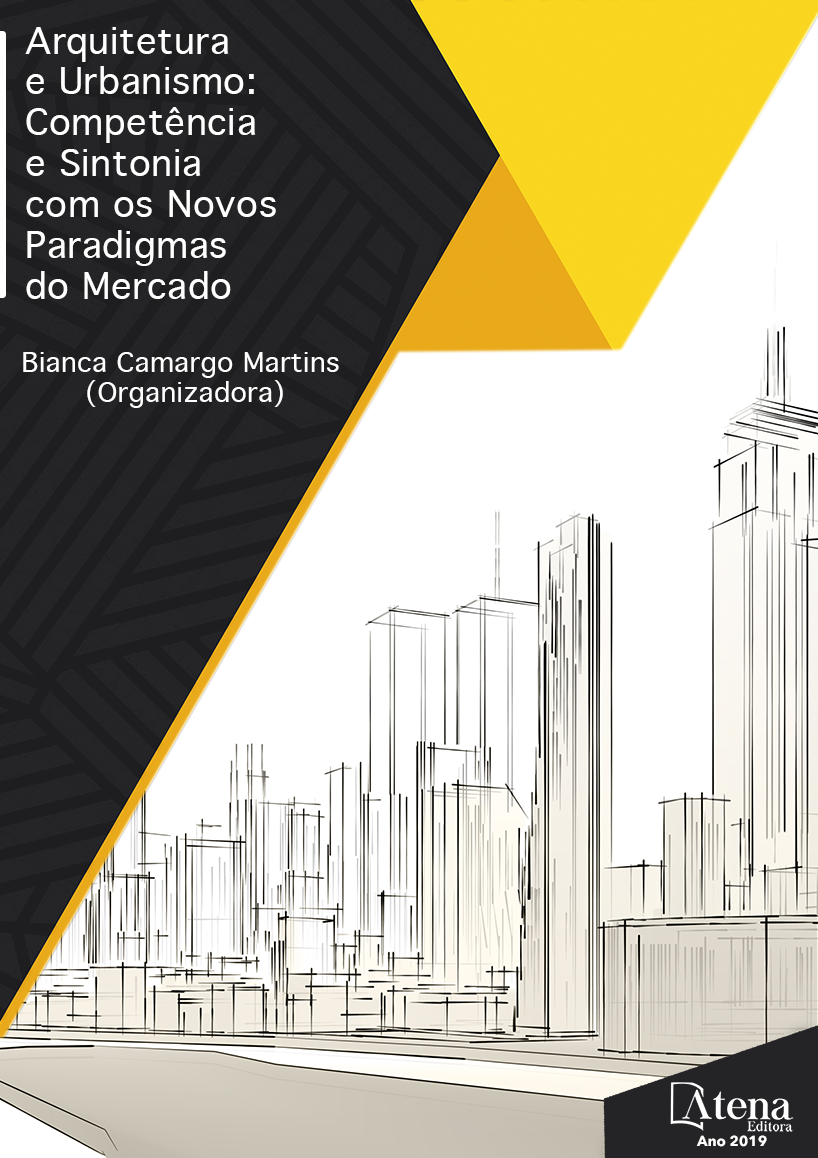
A PAISAGEM CULTURAL DO ENGENHO CENTRAL DE PIRACICABA NA DINÂMICA FABRIL DA CONSTRUÇÃO E RECONSTRUÇÃO.
O Engenho Central de Piracicaba,
fundado em 1881, a partir da aquisição e
instalação de maquinário francês da indústria
mecânica ‘Brissonneau e Frères’, foi montado
pelos engenheiros André Patureau e Fernando
Dumoulin com a tecnologia mais avançada
no período. Entrou em funcionamento com 50
trabalhadores no ano seguinte, processando
cana-de-açúcar de pequenos e grandes
fornecedores. Após duas vendas consecutivas,
foi adquirido por empresários franceses, com
a denominação ‘Sucrérie de Piracicaba’, os
quais investiram em infraestrutura, ampliação
de planta fabril e área agrícola. Em 1907 foi
incorporada à ‘Societé de Sucrerie Brèsilliennes’
- SSB, compreendendo seis usinas, e até o final
dos anos 1920 foi a maior e mais importante
indústria da região. No final da década de 1960,
a SSB foi nacionalizada, tornando-se ‘Usinas
Brasileiras de Açúcar SA’, funcionando até
1973. Sua planta fabril, conforme o crescimento
industrial, recebeu anexos e novas construções,
mas apesar de não ser original, o conjunto fabril
é representativo histórica e paisagisticamente.
Em 1989, sua área remanescente, incluindo
a mata, foi desapropriada e tombada pelo
município para ser utilizada como um parque
público para atividades culturais e de lazer. Com
base na identificação e análise dos elementos
por meio de fontes iconográficas e edificações
remanescentes, percebe-se que a paisagem
cultural formada a partir de um sistema
produtivo constitui-se um dos elementos mais
marcantes na ambiência urbana, já consolidada
e considerada um ícone piracicabano turístico
e cultural, pois alia a paisagem natural formada
pelo Salto do Rio Piracicaba e a paisagem
edificada de remanescente fabril.
A PAISAGEM CULTURAL DO ENGENHO CENTRAL DE PIRACICABA NA DINÂMICA FABRIL DA CONSTRUÇÃO E RECONSTRUÇÃO.
-
DOI: 10.22533/at.ed.85619180713
-
Palavras-chave: Piracicaba; Engenho Central; Paisagem Cultural.
-
Keywords: Piracicaba; Central Mill; Paisagem Cultural.
-
Abstract:
The Central Mill of Piracicaba,
founded in 1881, from the acquisition and
installation of French mechanical machinery
‘Brissonneau and Frères’, was assembled by
the engineers André Patureau and Fernando
Dumoulin with the most advanced technology
in the period. It went into operation with
50 workers the following year, processing
sugarcane from small and large suppliers. After
two consecutive sales, the mill was acquired by
French businessmen, with the name ‘Sucrérie
de Piracicaba’, which invested in infrastructure,
expansion of factory plant and agricultural
area. In 1907 iwas incorporated into the Societé de Sucrerie Brèsilliennes - SSB,
comprising six mills, and by the end of the 1920s was the largest and most important
industry in the region. In the late 1960s, SSB was nationalized, becoming ‘Usinas
Brasileiras de Açúcar S.A.’, operating until 1973. Its manufacturing plant, according to
industrial growth, received annexes and new constructions, but although not original,
the manufacturing complex is representative historically and landscape. In 1989, its
remaining area, including the forest, was expropriated and registered by the municipality
to be used as a public park for cultural and leisure activities. Based on the identification
and analysis of the elements through iconographic sources and remaining buildings,
we can see that the cultural landscape formed from a productive system is one of the
most striking elements in the urban environment, already consolidated and considered
a ‘piracicaban’ icon tourist and cultural, as it combines the natural landscape formed by
the Piracicaba River Waterfall and the built environment of factory remnant.
-
Número de páginas: 15
- Marcelo Cachioni


